An example of a keyword-stuffed paragraph, bolding all the target keywords. This practice created tons of thin, low-quality content across the web, which Google addressed specifically with its 2011 update known as Panda. This algorithm update penalized low-quality pages, which resulted in more quality pages taking the top spots of the SERPs. Google continues to iterate on this process of demoting low-quality content and promoting high-quality content today.
Best site audit tool
A good rule of thumb is to aim for 60 characters or less for titles and 160 or less for meta descriptions. A URL slug is the text that comes after the main domain and slash in a web address, like squarespace.com/blog. Write a slug that incorporates your keyword and identifies your website structure when possible.
Try HTTP/2 for improved efficiency
Backlinks, on the other hand, only give a slight indication of what the on-page content is all about. H1 tags are important, but they’re not the most important element on a website or in a piece of content. In 2015, Google introduced Rankbrain, an element of Google’s core algorithm that uses machine learning to match search queries to relevant results. By using machine learning, Google can determine the true intent of the user. Rankbrain gives Google the ability to deliver even more accurate results than with the Hummingbird update. After the Hummingbird update in 2013, Google was able to do a much better job at matching search queries to more relevant results.
What are the Benefits of On-Page SEO?
Search engines can’t see multimedia like images, so they depend on alt attributes to tell them what multimedia is. Including your keyword in your URL instead of a long string of jumbled numbers also makes your site easier to navigate and gives people a better idea of your page topics. This page will provide you with everything you need to know about on-page SEO, from what it is to the factors you need to optimize. Congratulations on completing this comprehensive guide to mastering on-page SEO! You’ve equipped yourself with the knowledge and actionable insights needed to optimize your content effectively.
To do that, just type one of the keywords that you found into Google. These usually make great keywords for SEO because they come SEO Anomaly straight from Google. Get more tips on mastering this on-page optimization with our guide on optimizing UX for SEO.
- If your page takes too long to load, users will leave your page and choose another page that loads quicker.
- Including keywords in your URL can signal to Google what your page is about.
- In a perfect world, visitors would read every word on your page.
- As it helps Google (and users) understand what our content is about.
- With On-page’s built in AI detection, you can scan entire websites for AI written content or use our text scanner to scan individual documents.
- On Page SEO encompasses all measures taken directly within your website to improve its position in search rankings.
So, imagine that you’ve just published a brand new blog post that you’re extremely proud of and can’t wait to see it climb up the search results. Therefore, adding links to relevant resources internally is incredibly important for On Page SEO. Search engines can’t “see” the images on a post, so they rely on the alt attribute along with computer vision algorithms, to help them understand what’s being depicted on an image.
Additionally, if Google can’t navigate your website properly, it won’t be able to discover all of your website’s pages and show them in search results. CO—is committed to helping you start, run and grow your small business. Learn more about the benefits of small business membership in the U.S. Off-page SEO focuses on building your site’s authority through external signals.
Creating excessive blog tags results in a ton of pages containing thin or unnecessary content. Google doesn’t like thin content because it offers little (or no) useful information to users, and therefore has zero search value. This means they’re practically invisible unless someone has its direct URL, or stumbles upon them through an external link. A backlink is a link from one website to another, considered a vote of confidence and authority in the eyes of search engines. On-Page SEO involves optimizing individual web pages to rank higher in search engines.
Once you see the value, you can always upgrade to unlock even more features. One of the first tools you need in your SEO arsenal is Semrush. Along with getting the right tools in place, you need to understand what you want to achieve with your SEO efforts. If you haven’t used the tool before, check out our guide to Google Analytics.
A poor mobile design that’s difficult or impossible to read or use will also increase the bounce rate. In general, you can tell how engaged people are with a page based on its bounce rate. If a high percentage of users leave the page without any of those engagements, that’s a bad sign that you need to figure out and fix. There are many tools, free and paid, that you can use to test the loading speed of a specific page on your site. Google’s PageSpeed Insights tool is a good one for quick tests.
